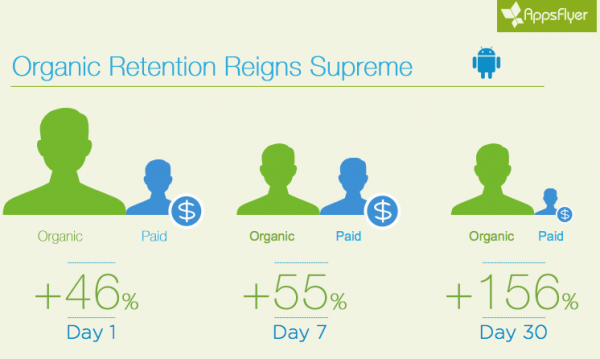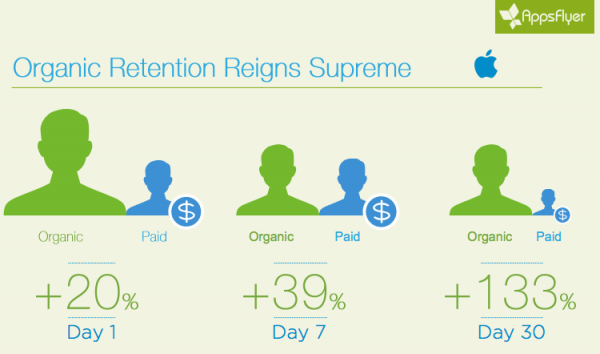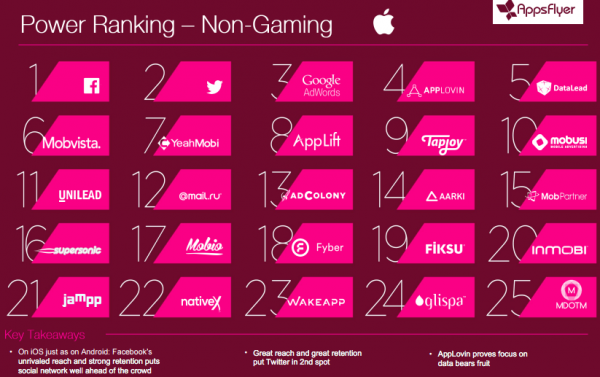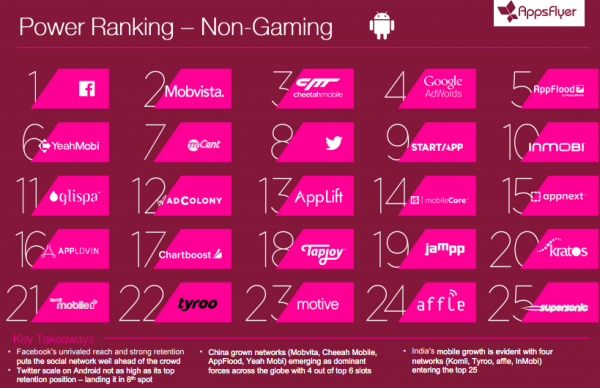One of the most impressive advances in the game industry over the past few years has been the tremendous expansion of independent (“indie”) game developers. This is a return to the roots of electronic gaming, when games we constructed in their entirety by a single person. It wasn’t until graphics became more detailed, and hardware became more complicated, that more than one person was needed to create games. This evolved into a world where the top, AAA games could have teams in the hundreds, with budgets surpassing $100 million.
Throughout this evolution, though, the desire to create games on a smaller, more personal level remained. Indie developers were scarce until Flash-based games were put on the Internet, and sites like Kongregate (now owned by GameStop) provided a way to bring lots of people to the games. Now, with far better tools for building games that are free to small developers (like Unity and Unreal Engine), hundreds of university programs offering degrees in game design and creation, and mulitple fully developed digital distribution systems like Steam, the App Store, and Google Play, the number of indie developers has exploded. Now we have over 4 million Unity developers, to cite just one game creation engine. Every day, according to the company, over 600 million gamers play a game created with Unity.
Indie games have now become a common part of every major game platform. The vast majority of games you’ll find on mobile devices come from indie developers, for example. Sure, most of them don’t have much of an audience or create much revenue, but we still regularly see an indie game like Crossy Road become a huge hit. A number of indie developers are now creating successful games for the Xbox One and the PlayStation 4 and even the Wii U, as all the console manufacturers have realized that having more games (and interesting variety of them) is beneficial to the platform.
What benefits do indie games have for the industry One of the most important is providing a level of innovation that’s hard to find with major game publishers. As game budgets increase, there’s a very natural tendency to become more conservative in game design choices. Would you risk $50 million on a completely new game design that’s very different from anything else, or a sequel to a known hit with some minor changes and advances The choice is an easy one for large game publishers.
For indie game developers, though, the logic works the other way. Building a game that’s very much like an existing blockbuster game from a major publisher is a losing strategy the big publisher’s already got a huge audience and a vast marketing budget and a known brand. Why would more than a handful of contrarians try your little game They wouldn’t, at least not in enough numbers to make you a living. So indies typically take more creative risks in an effort to stand out from the crowd and attract an audience. Yes, that usually fails, but occasionally it’s a moderate success and sometimes it’s a mega-hit.
Perhaps the best example of how indie games can affect the entire industry is the incredible success of Minecraft. This was a game created by a lone programmer, which gradually found an audience in its early days of alpha builds. The game spread virally and has become an enormous hit, with somewhere in the region of 50 million copies sold. Microsoft bought the company that created Minecraft for $2.5 billion, and most observers feel the company got a bargain. The game has, among other things, shown that a $6.99 mobile game can sell tens of millions of copies. Also, that clearly not every game needs terrific graphics to be an incredible success, and that user-generated content that’s readily shareable is a valuable marketing tool (as the billions of Minecraft YouTube video views can attest).
Major publishers are supportive of indie developers, even in some cases allowing in-house projects to create “indie” games. Ubisoft did this with Child of Light, a critically acclaimed game that was built in-house. Both Microsoft and Sony have been increasing their support for indie developers, now regularly featuring those developers and their games on-stage at major press events. Apple has been bringing on indie developers during its last few major hardware introductions to show off the power of the new hardware.
In fact, the huge number of indie developers and indie games has sparked concerns that we me heading towards an “indiepocalypse,” where too many developers creating too many games may drive many of these small developers out of business. “Everyone’s looking back at this golden age of indie games, when you released a game and it got coverage and you made a ton of money,” said tinyBuild’s Alex Nichiporchik. “Times change. Everyone’s making games now. All of the engines are competing on which one makes it easiest to make a game. It’s great for the industry and for creativity, but it does mean that unless you take that extra step or do something special it’s going to be really, really difficult for you.”
Nichiporchik’s answer has been to develop games across a wide variety of platforms.In targeting multiple platforms, Nichiporchik says, tinyBuild has noticed a surprising amount of crossover between communities, with sales and activity on one platform generally leading to more sales and more activity on another. “We released Divide By Sheep on Steam and on mobile, and there was a cumulative effect,” he says. “People playing it, streaming it and making user videos on Steam, and that translating directly into sales for mobile.”
The IndieCade Festival 2015 is coming up in Los Angeles later this month it’s the biggest event dedicated to celebrating independent games, and this year it looks to be bigger than ever. Attendees will get the chance to play over 150 indie games, and check out the latest innovations in game design. It’s a perfect opportunity to gauge for yourself the impact that indie games continue to have on the game industry in general.




